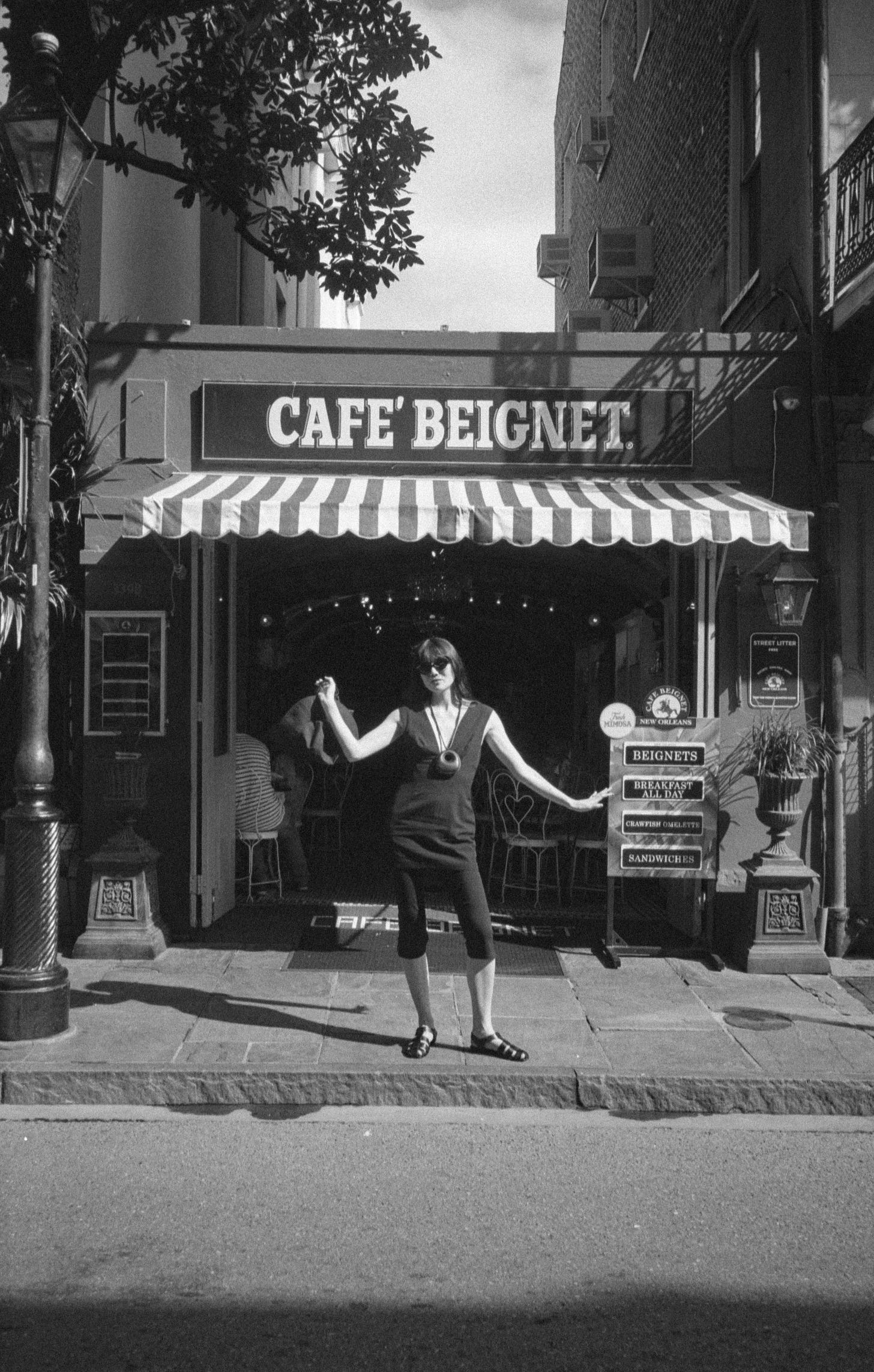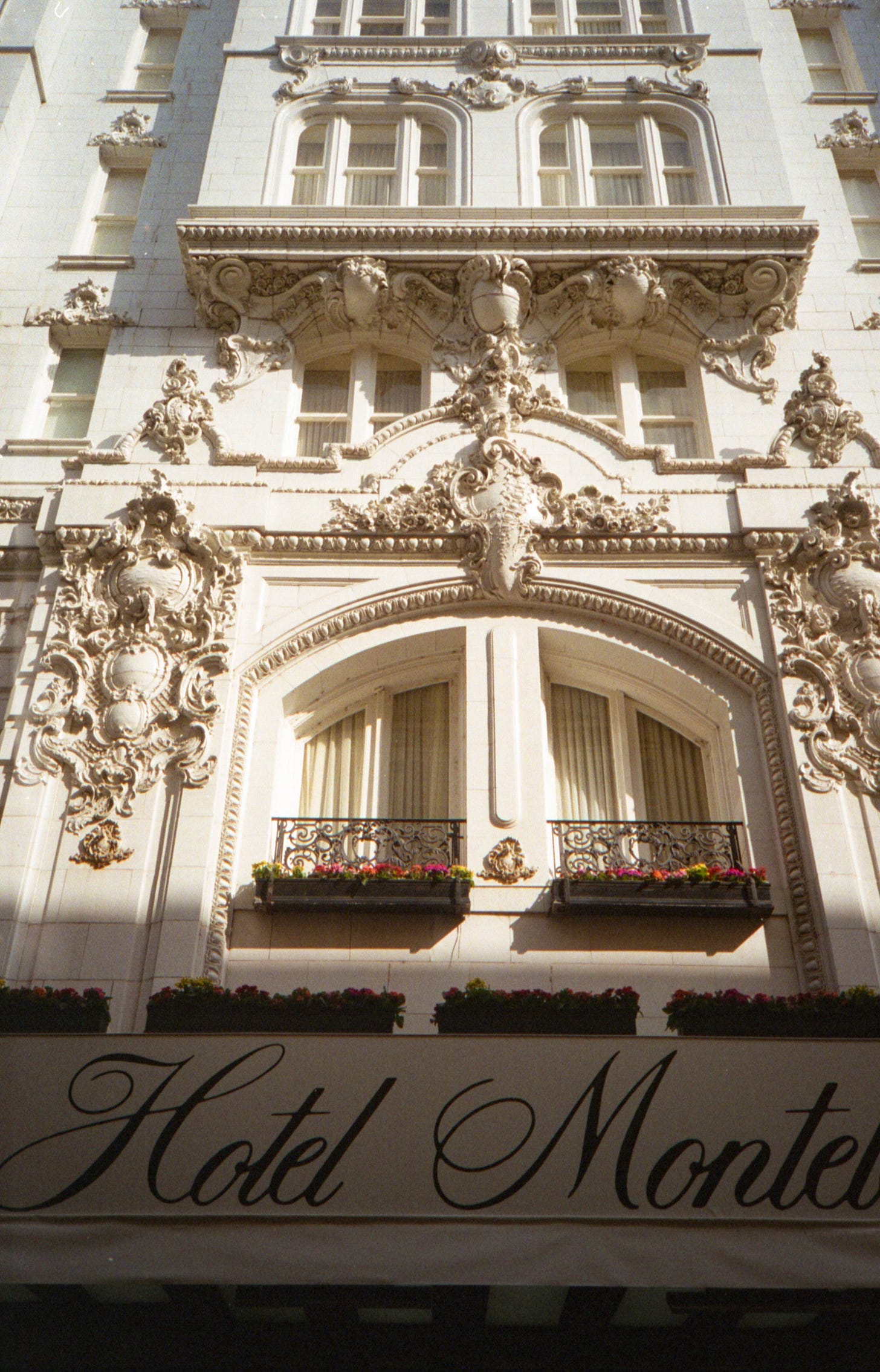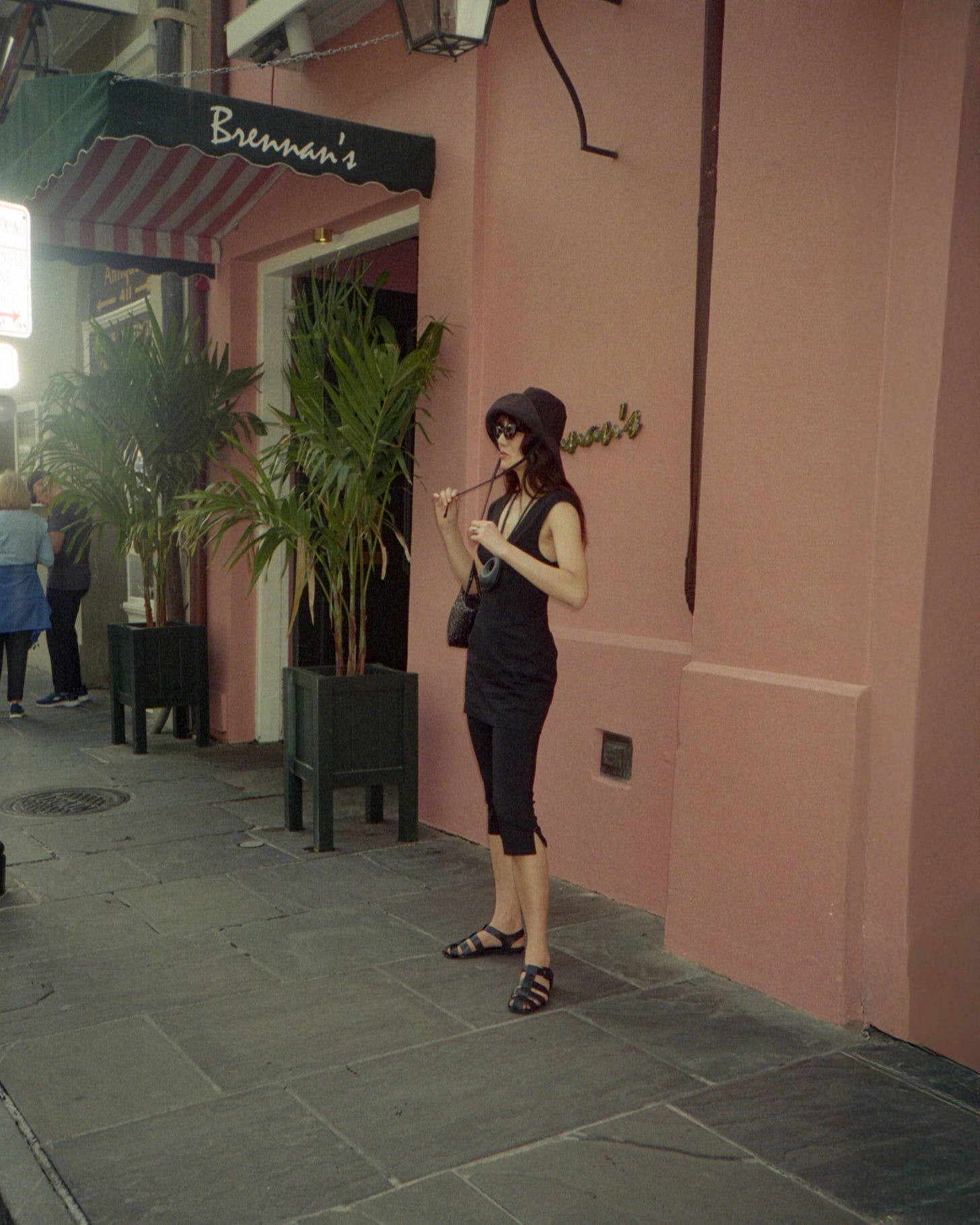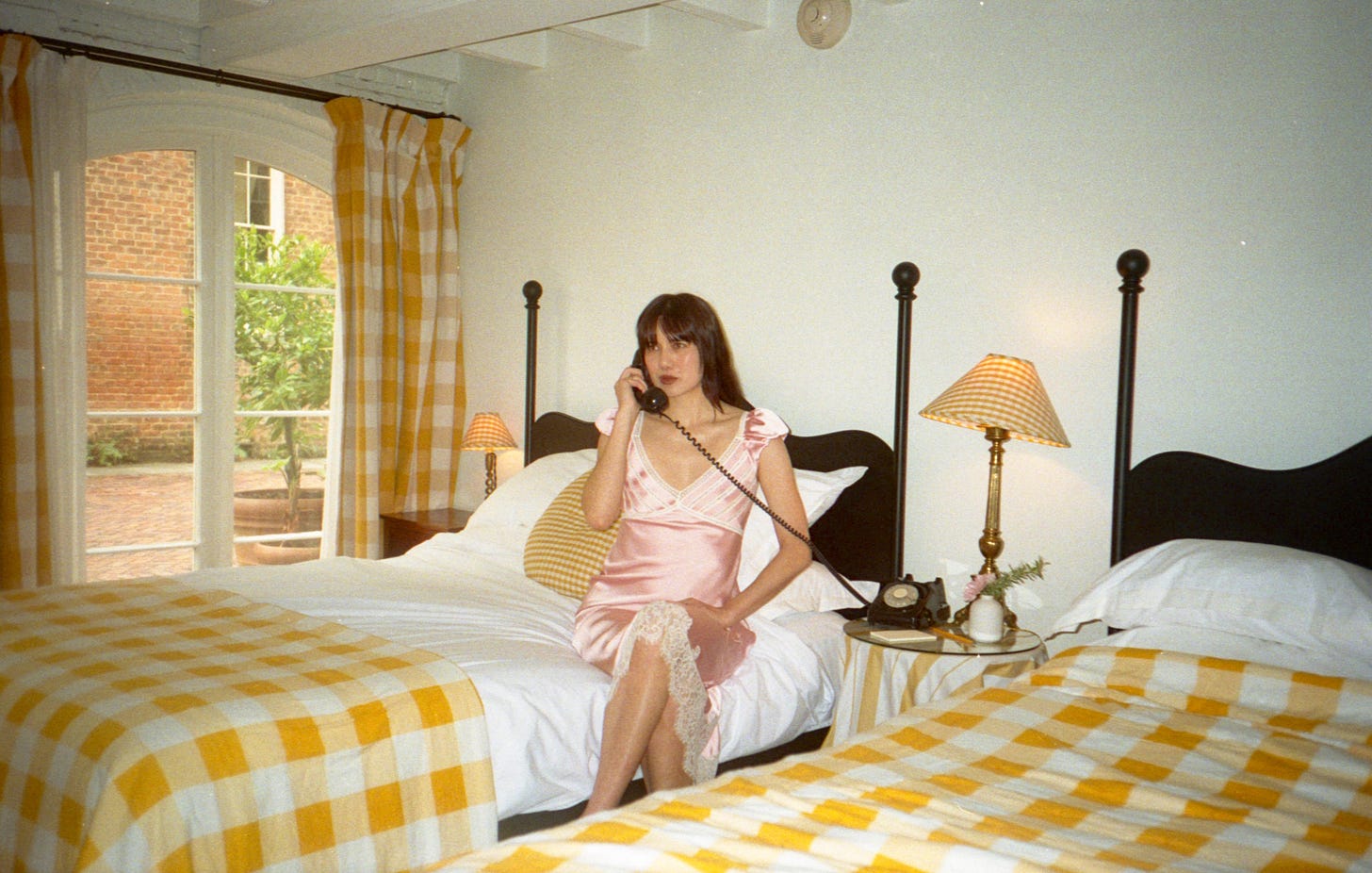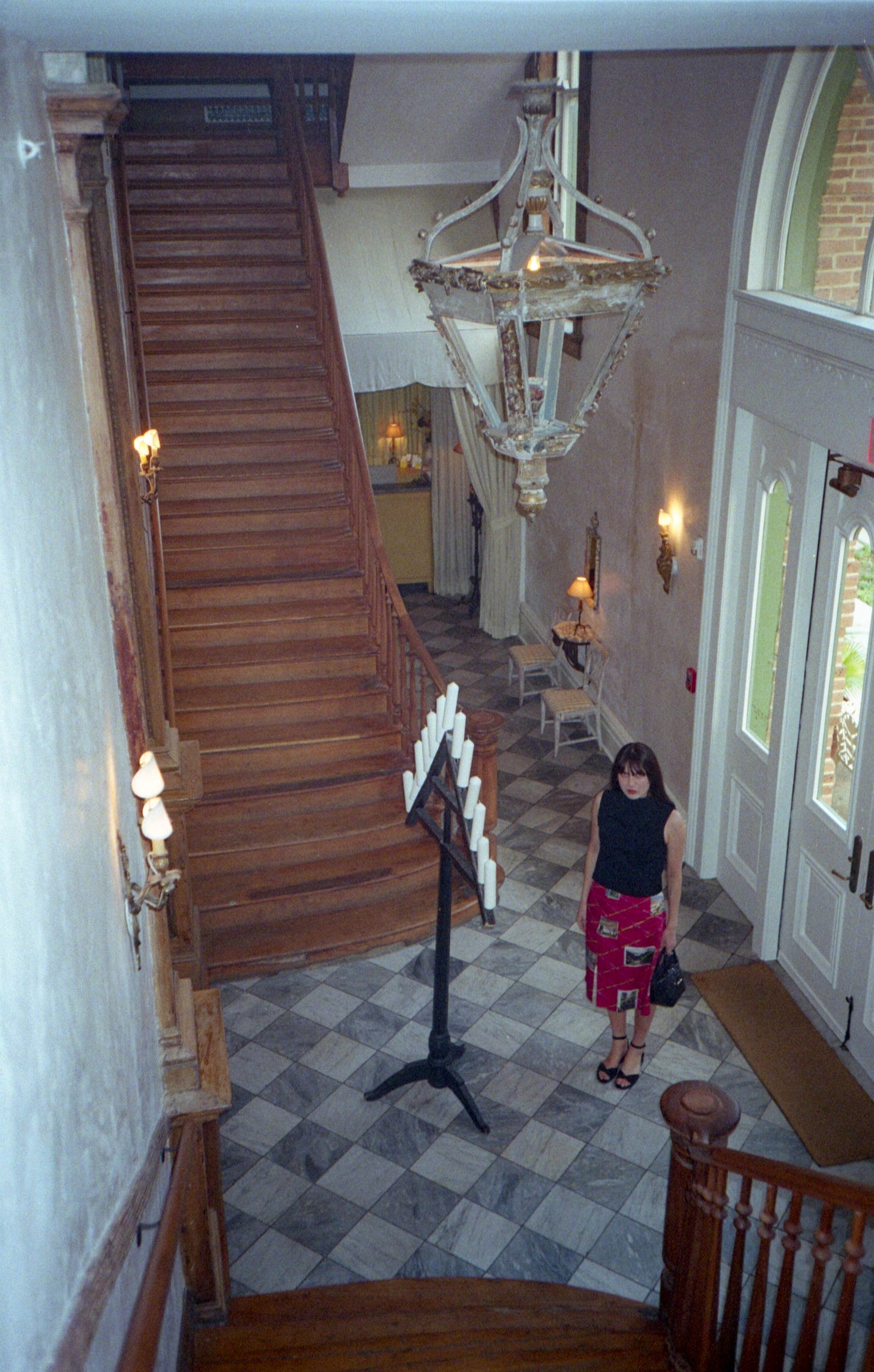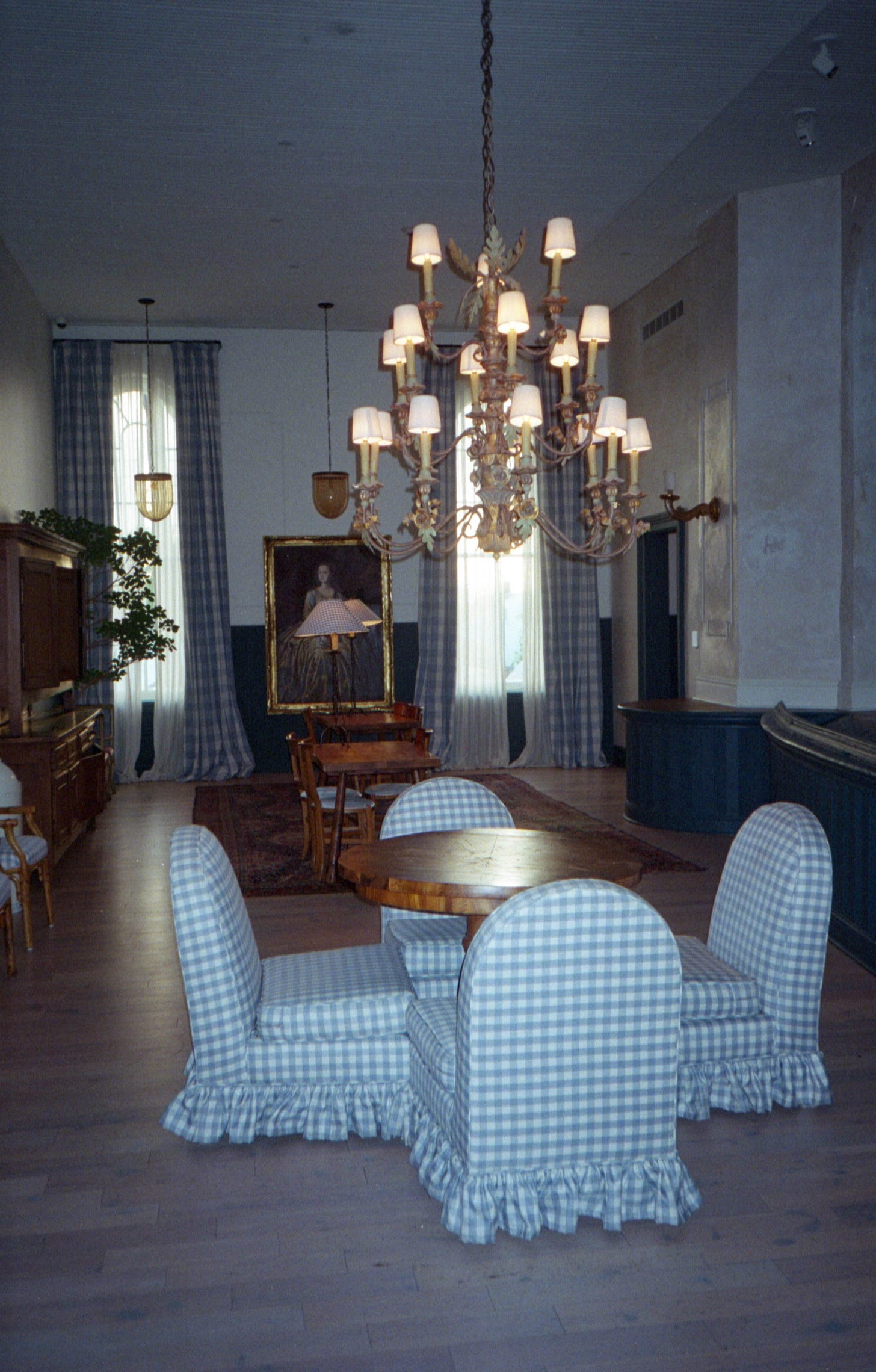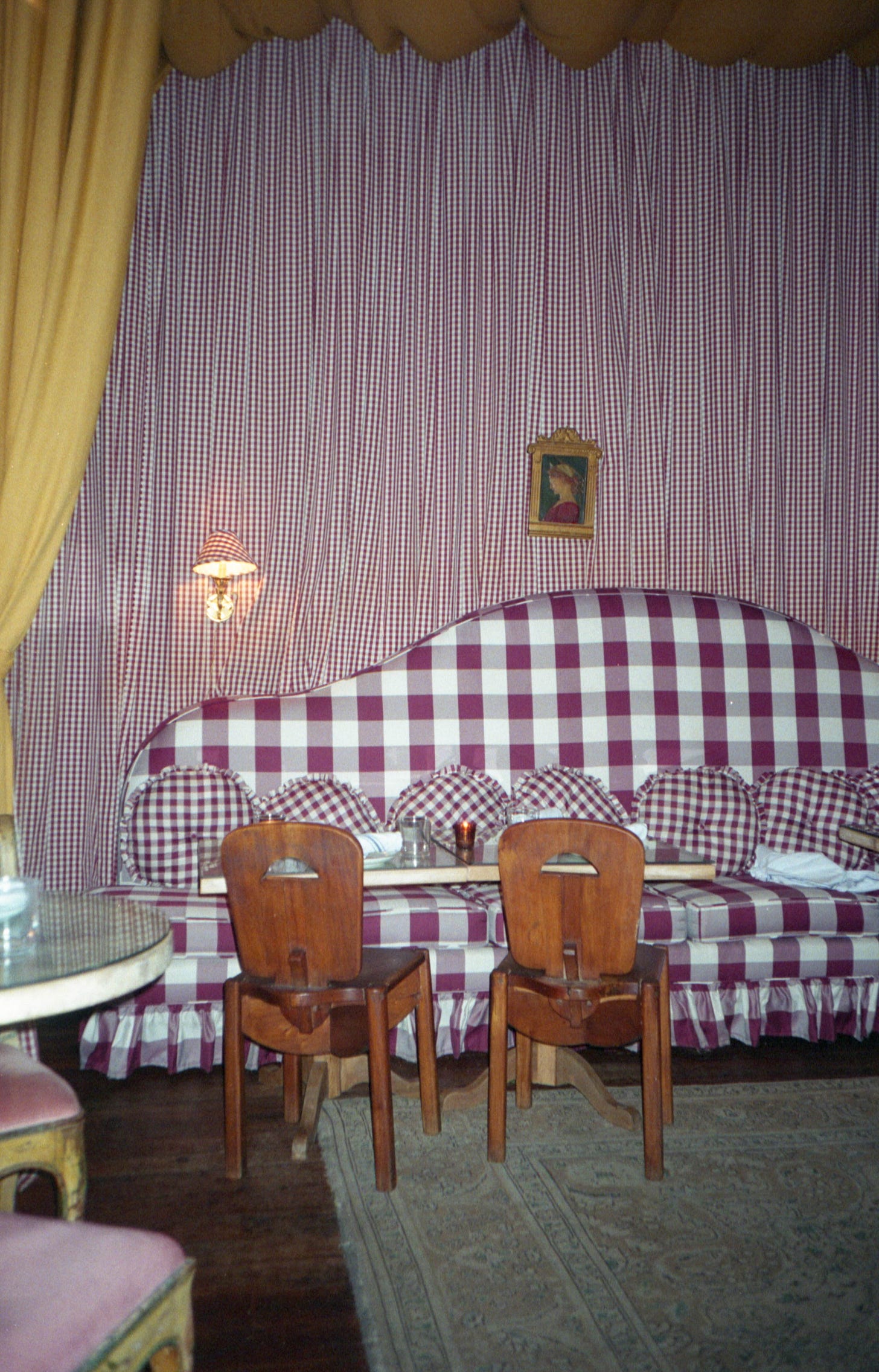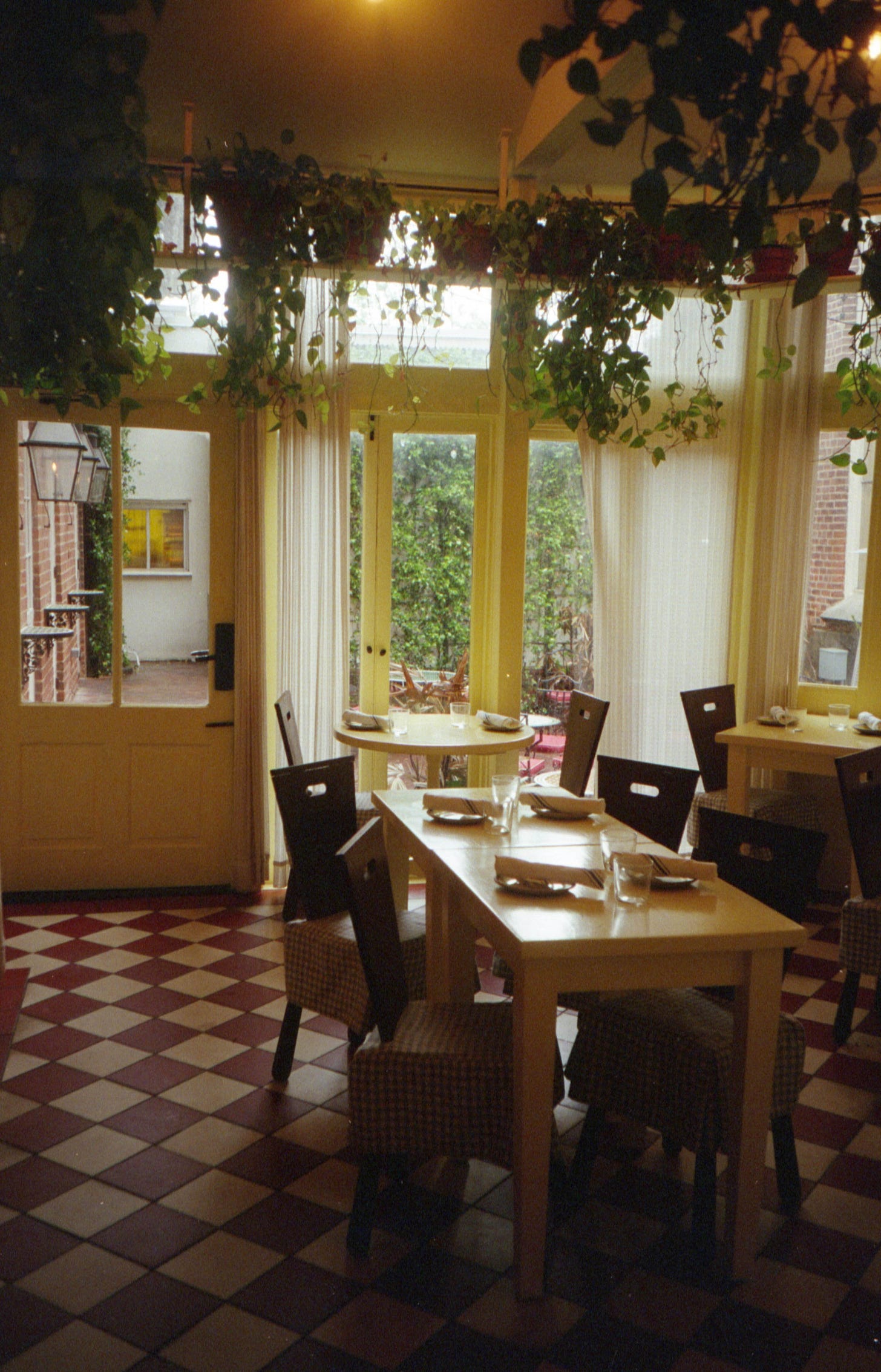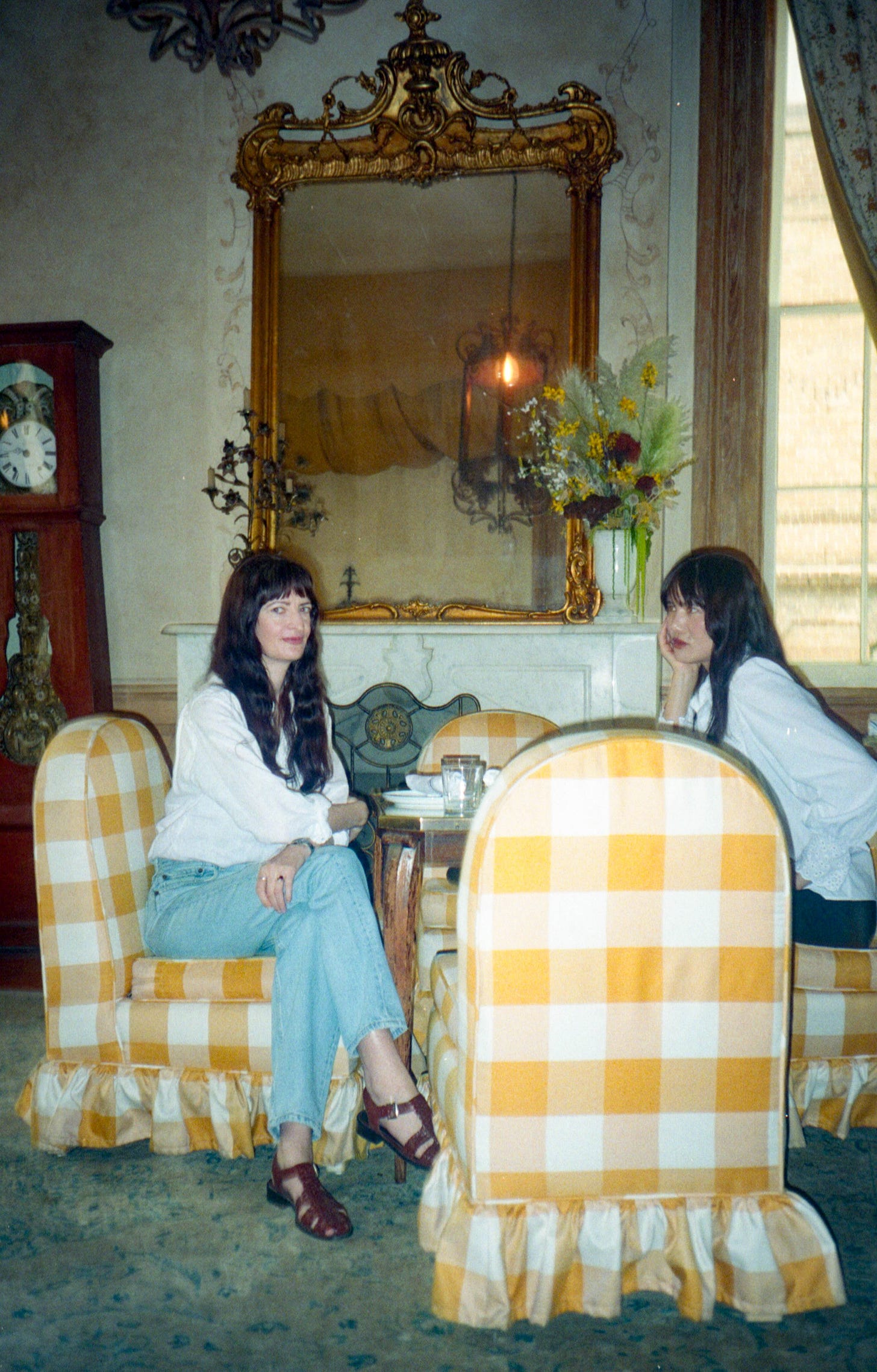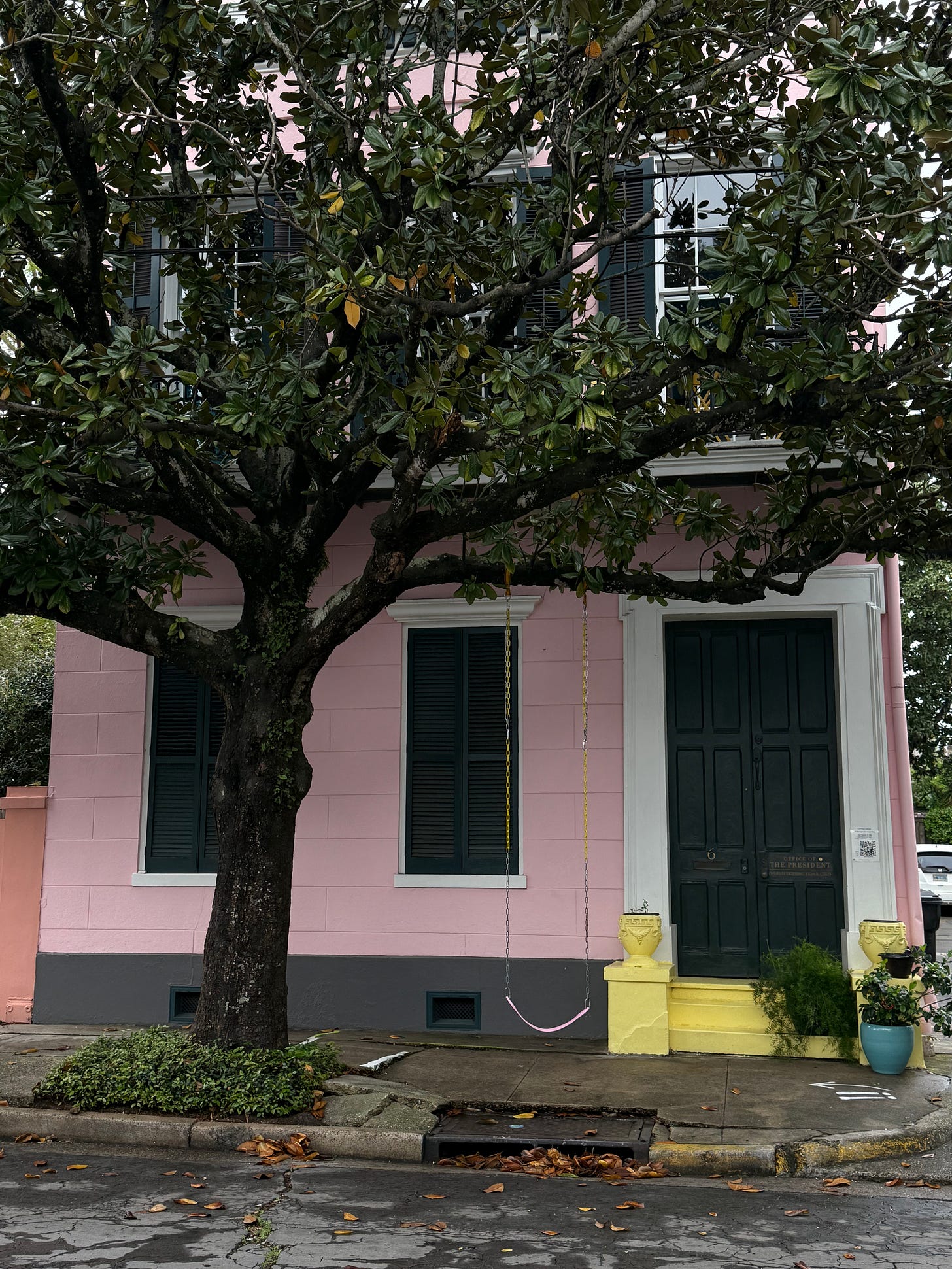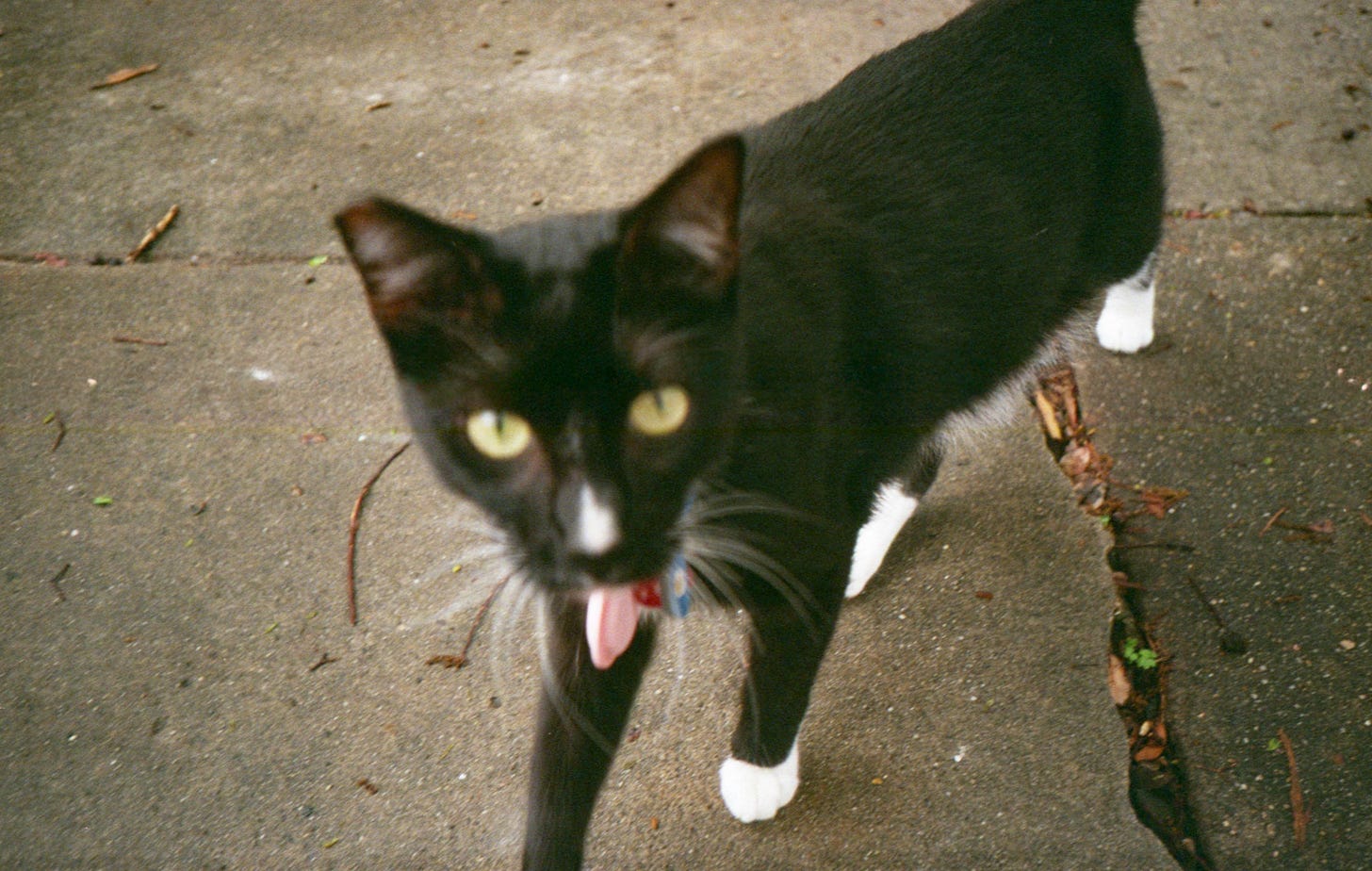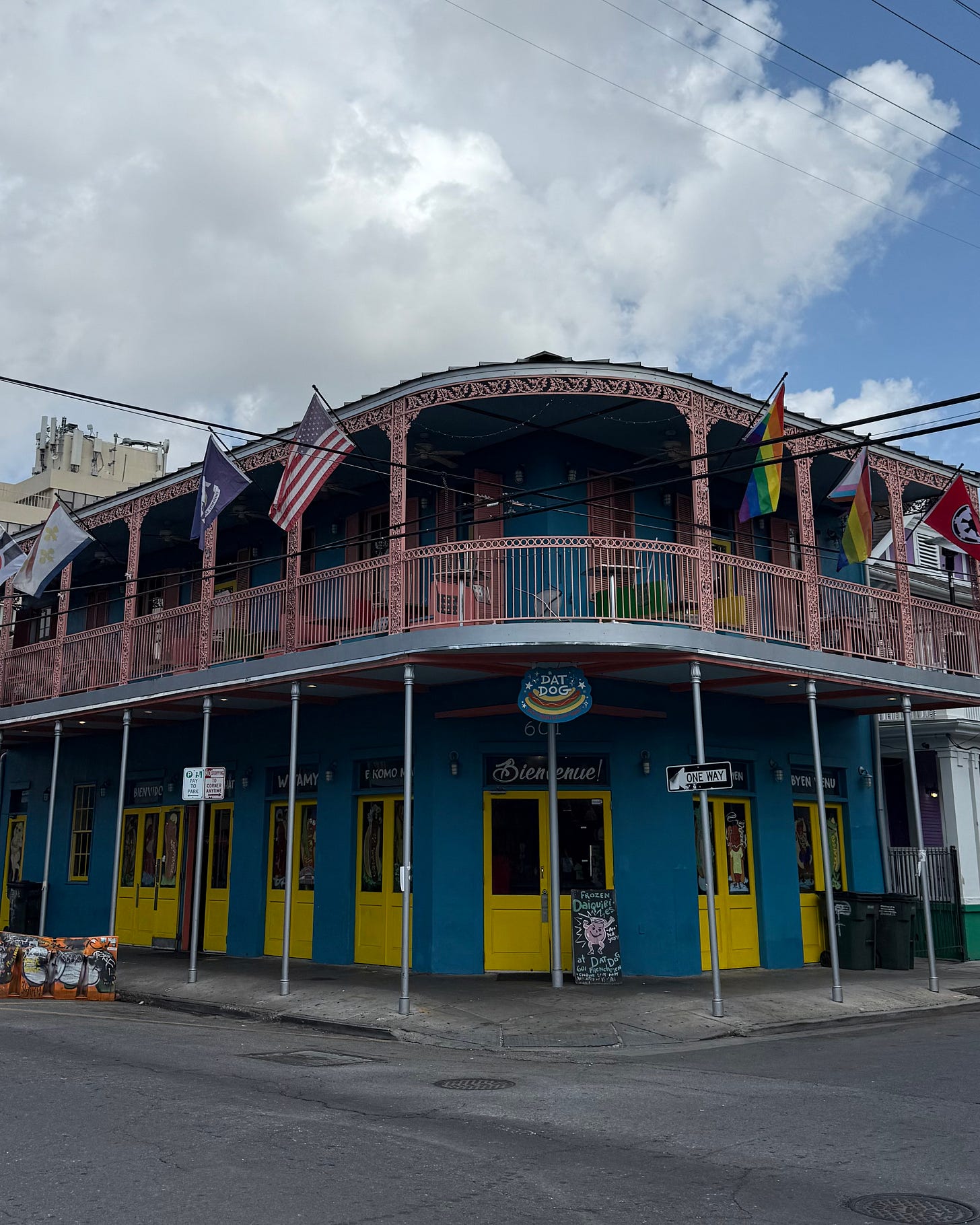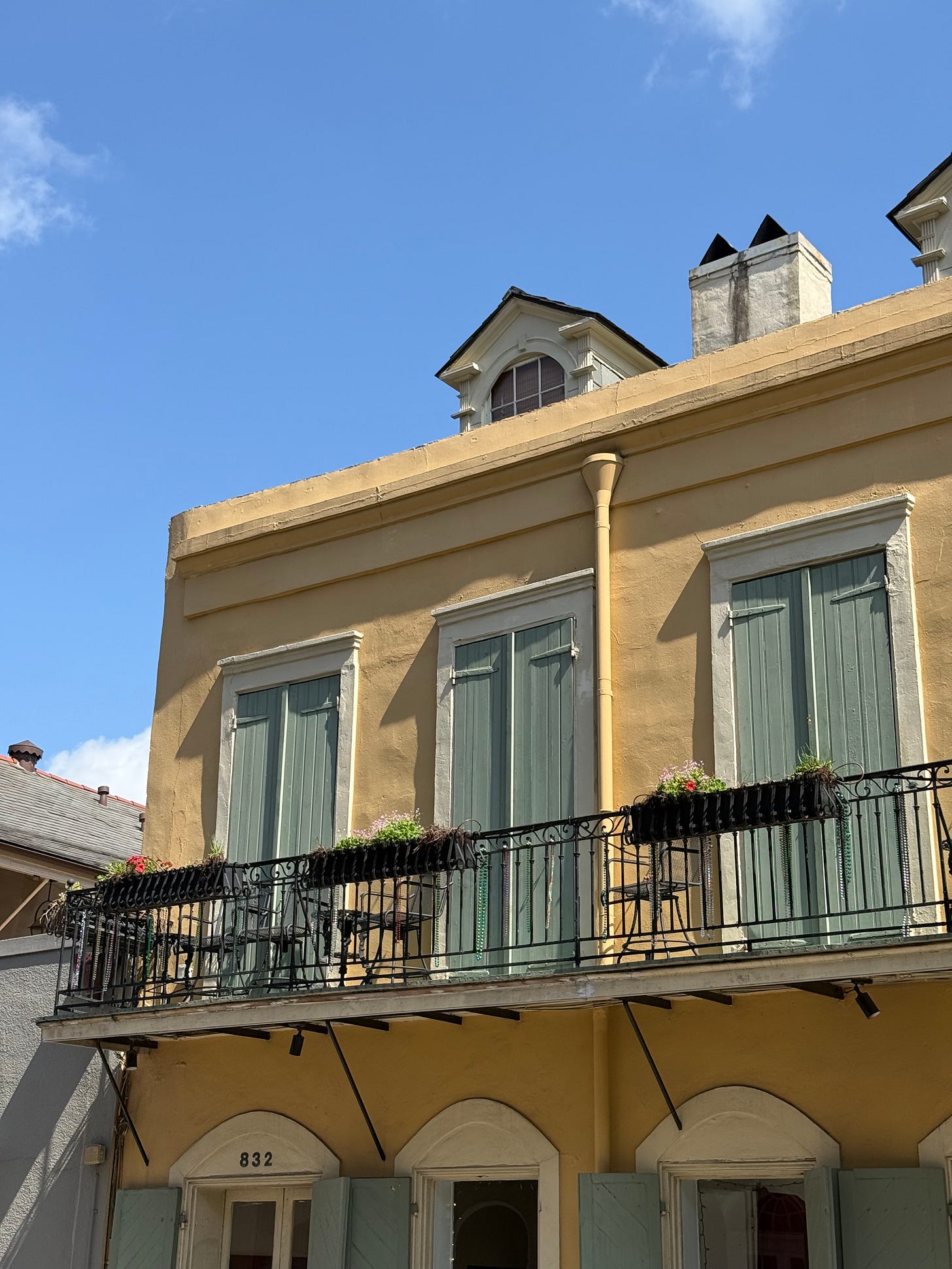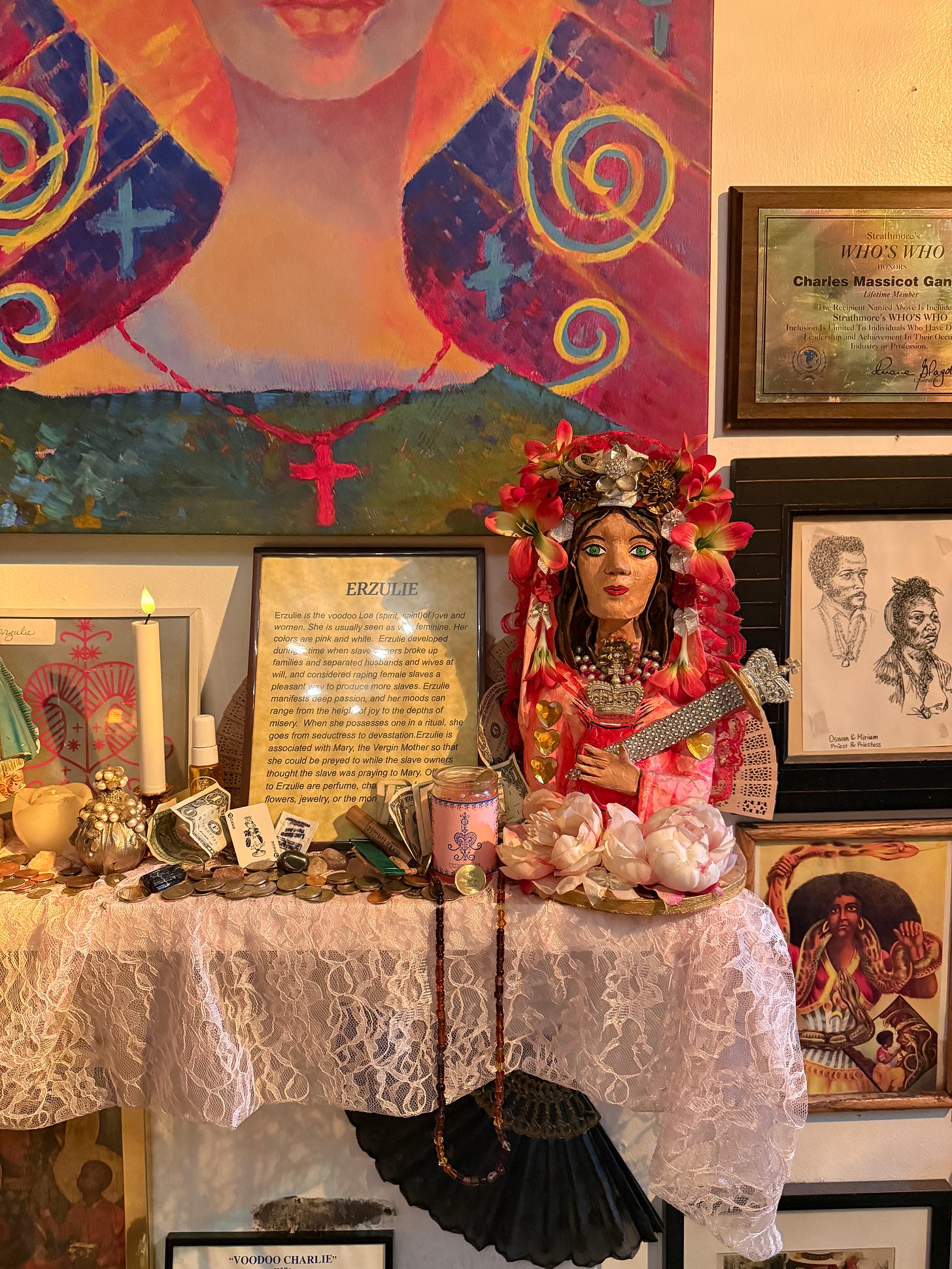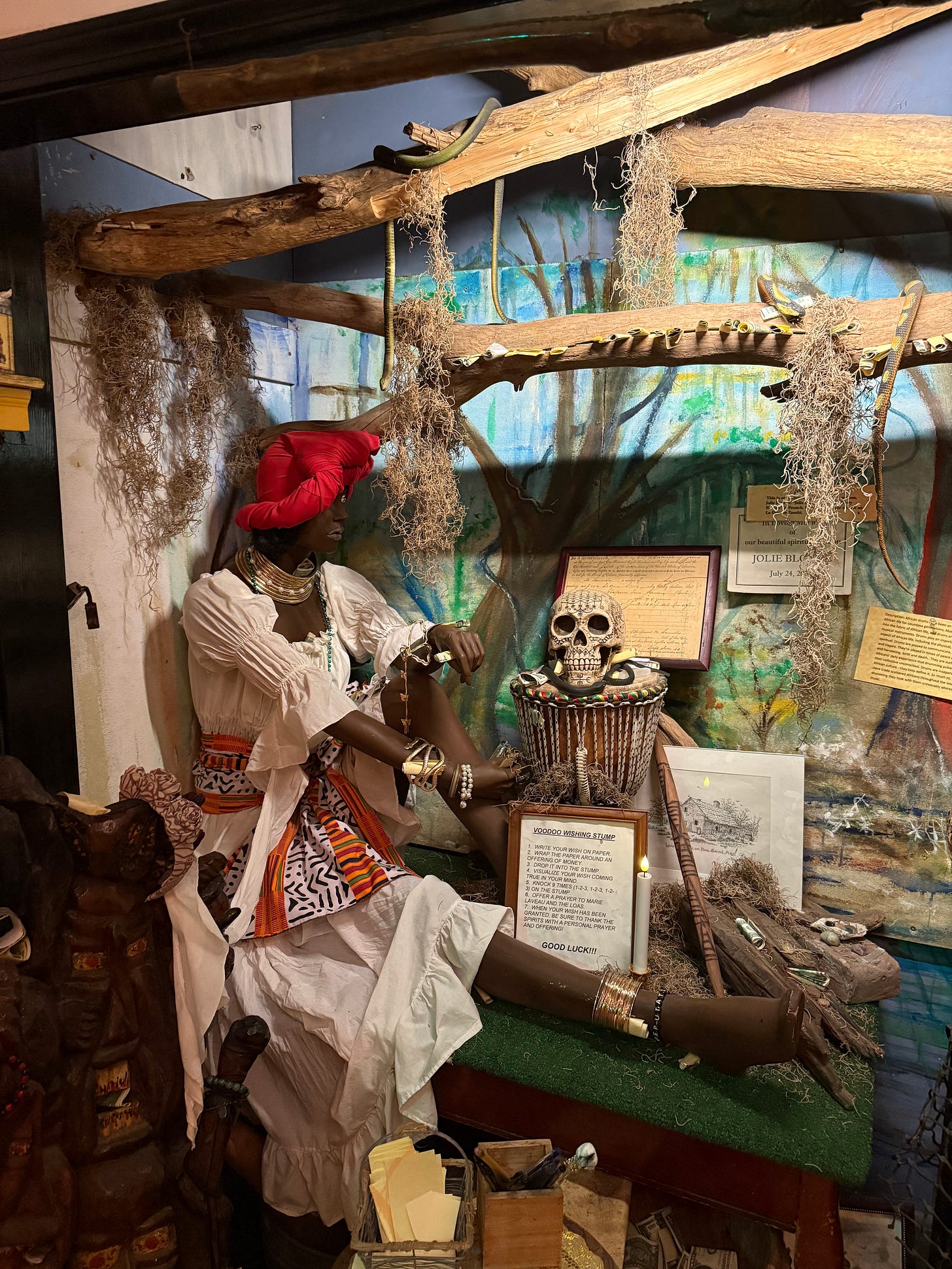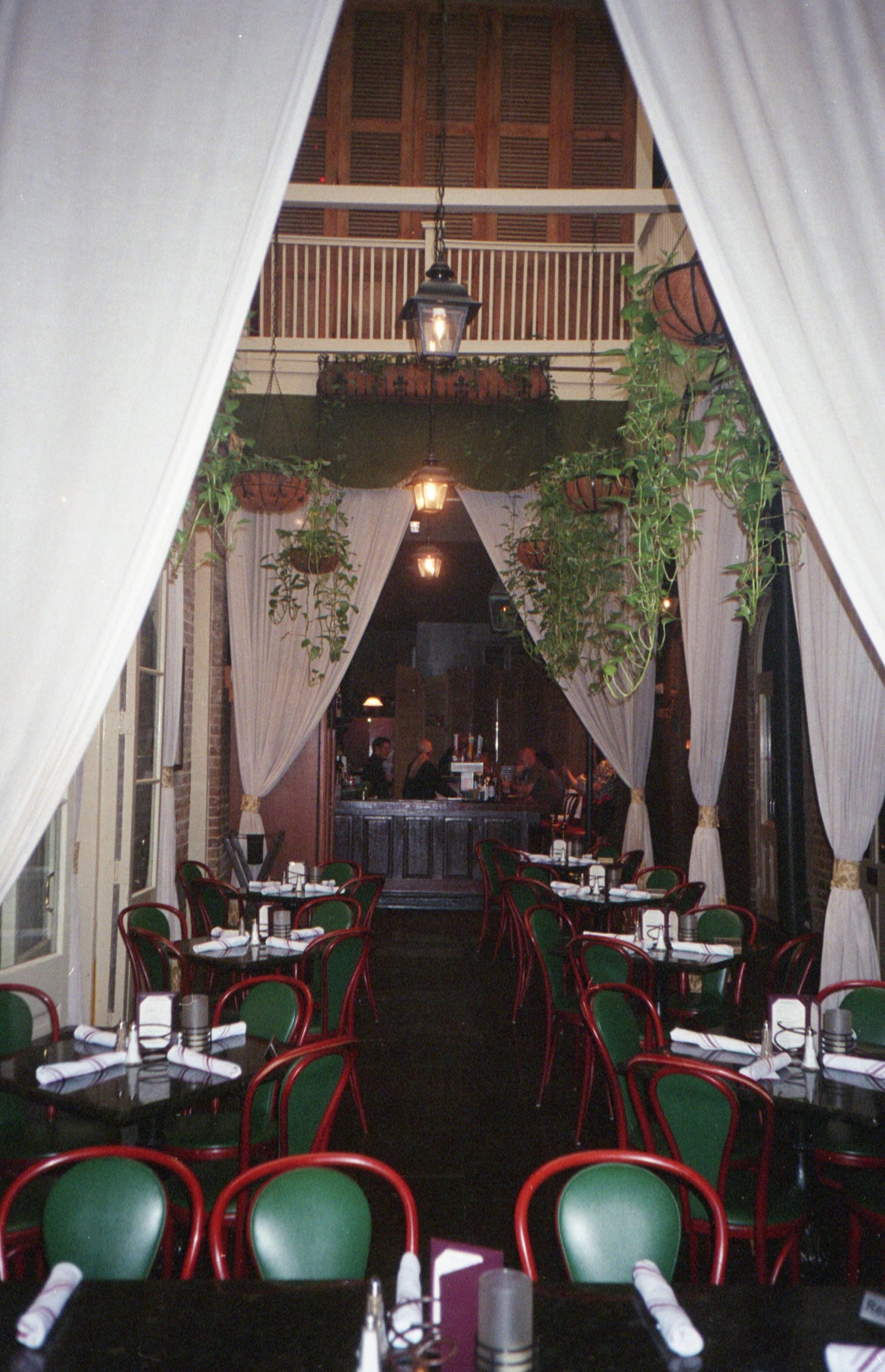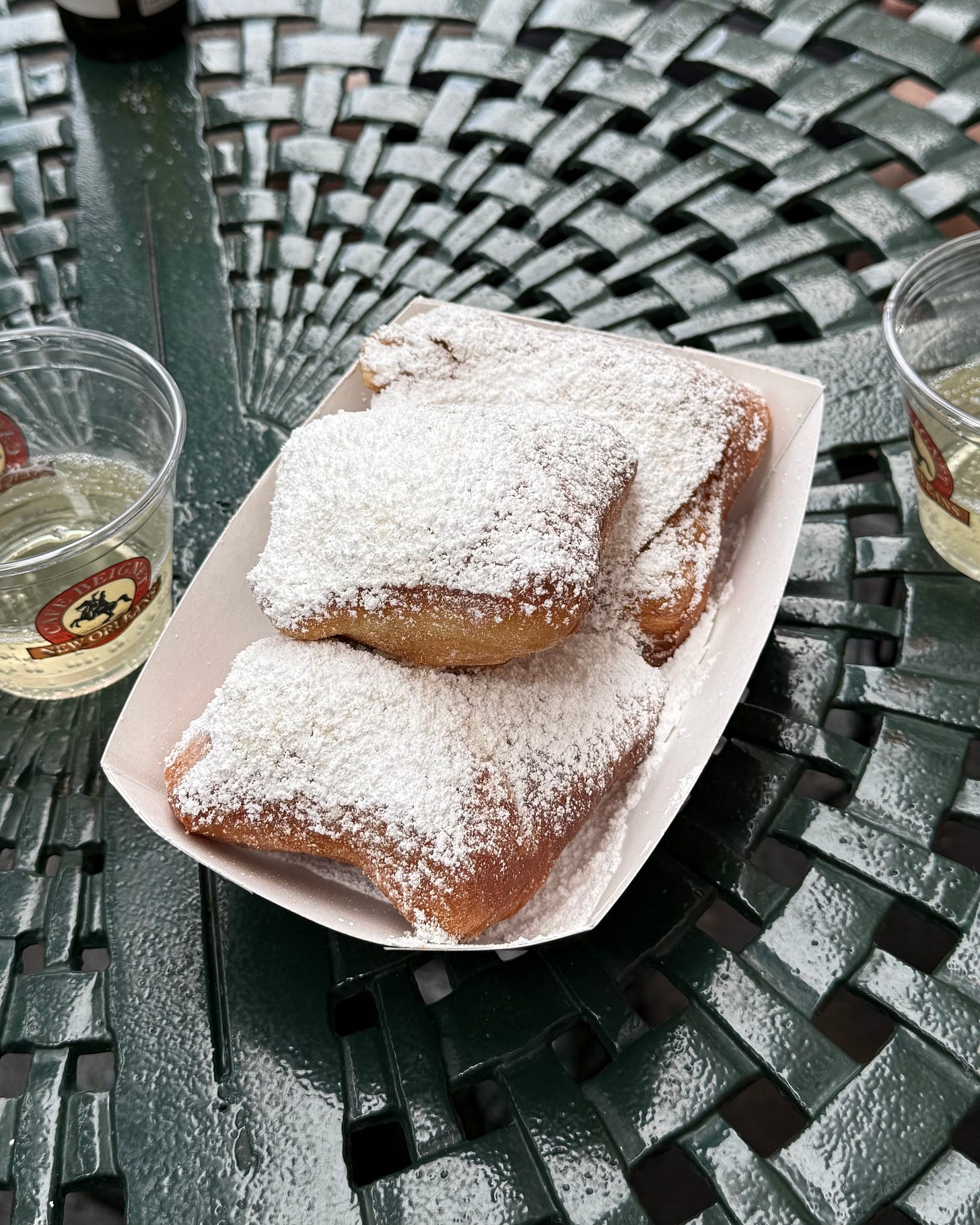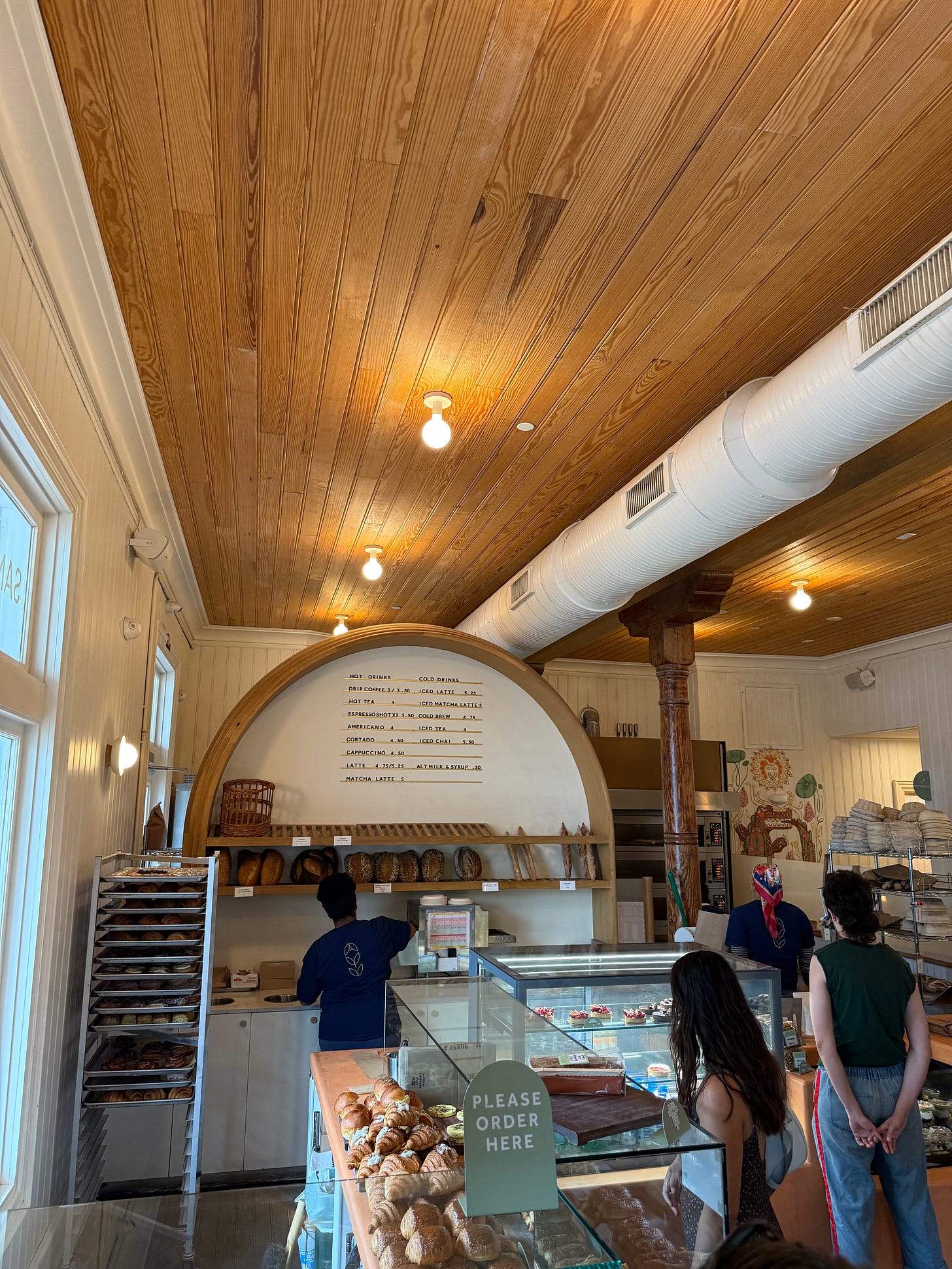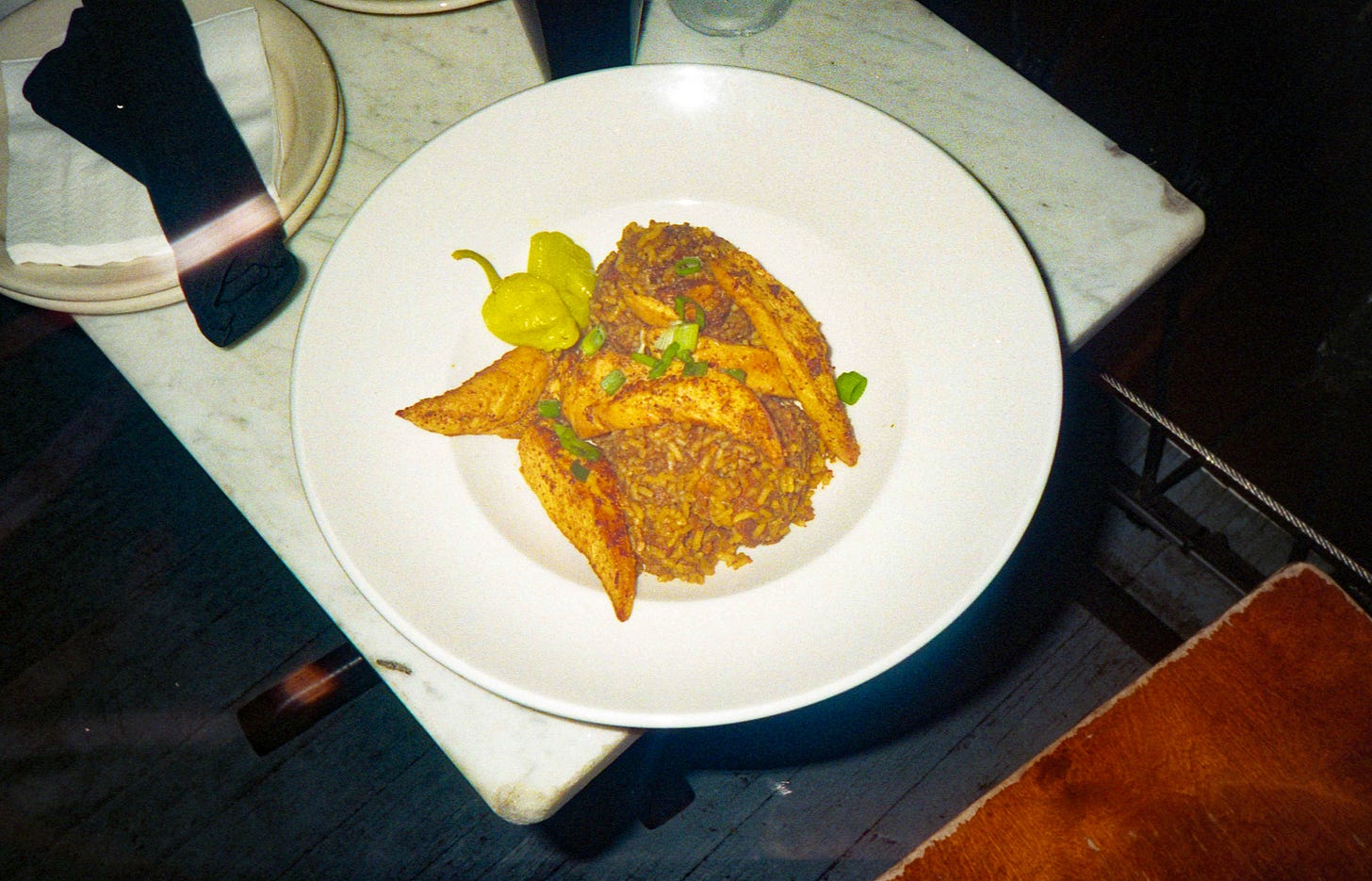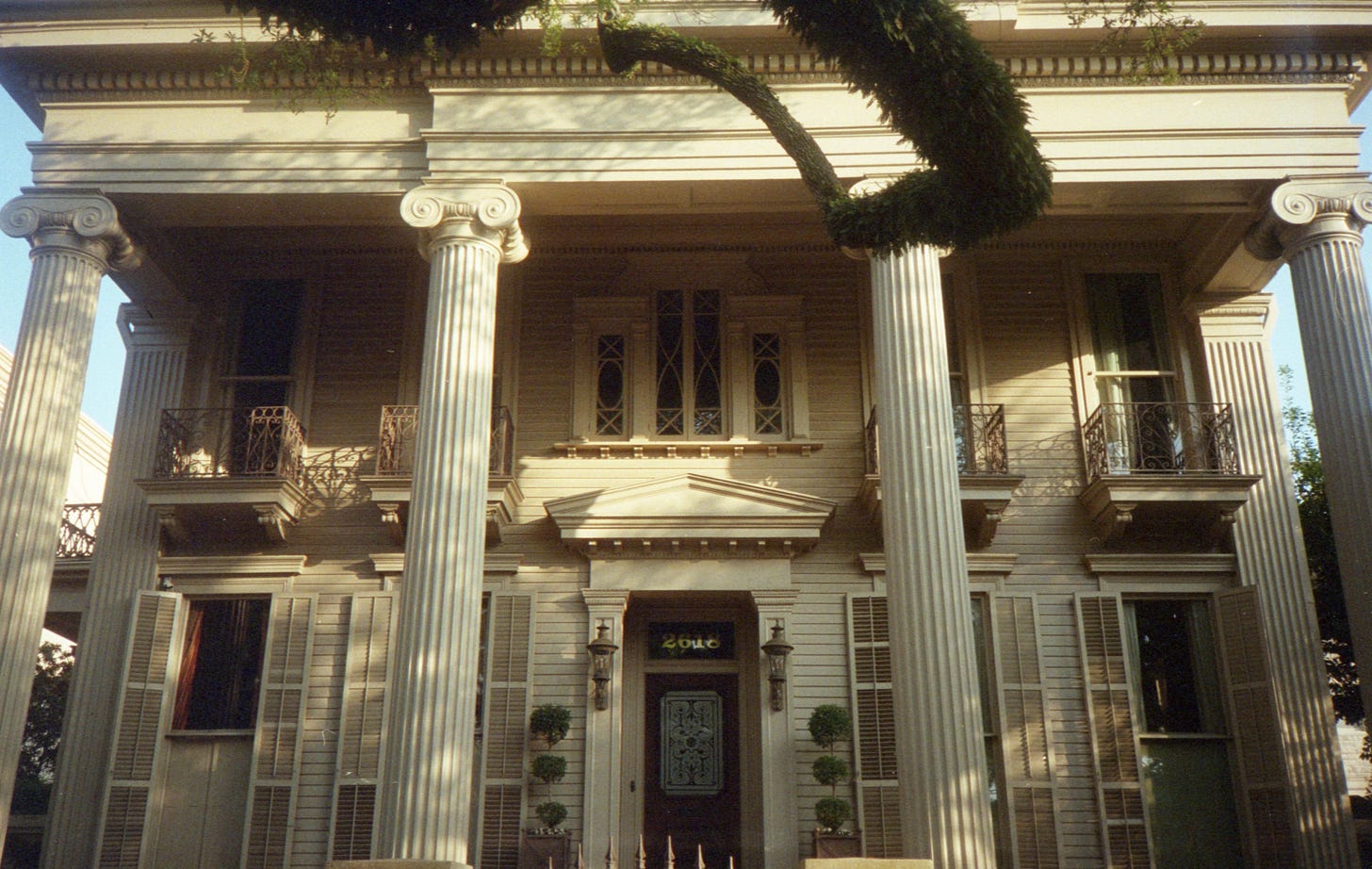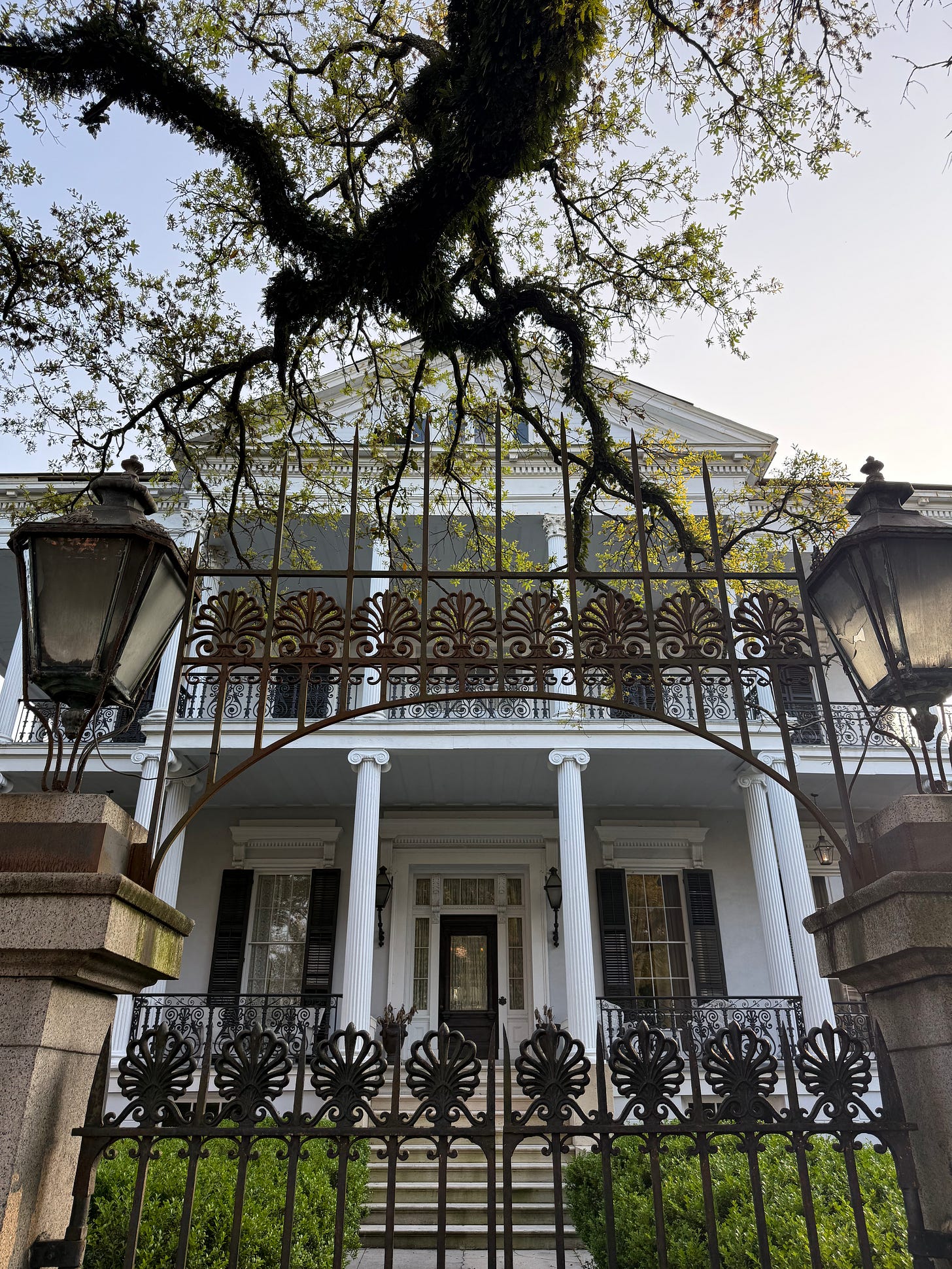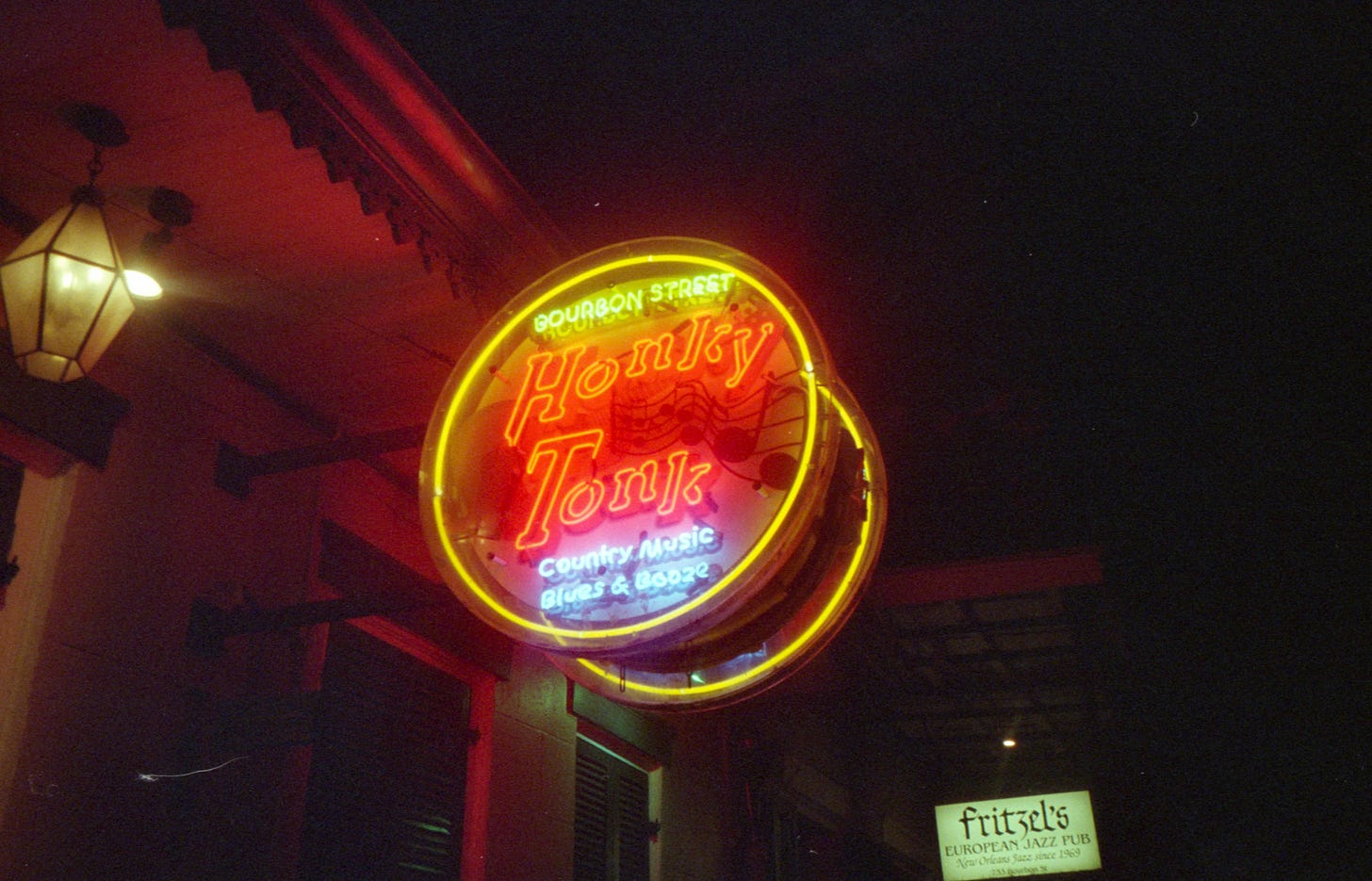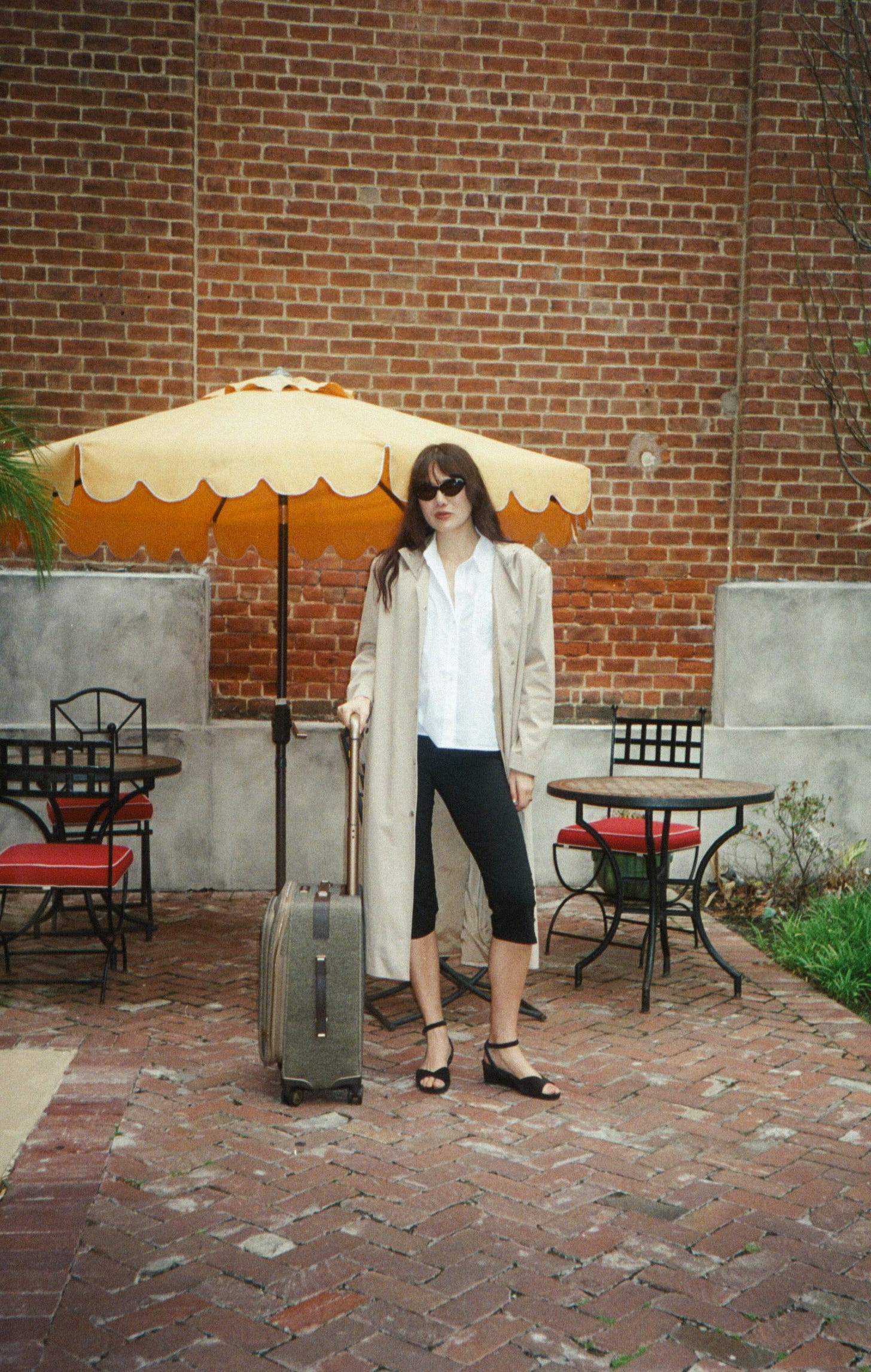Oh, New Orleans. Where oh where do I start? This trip actually wasn’t my first time in this fantastically magical city. Over 10 years ago I had a memorable road trip through a few states in the South to get to Bonnaroo, and we had 24 hours in NOLA. Not much time to truly get to know the city, but it was just enough to get a sense of the amount of heart and soul this place to offer; if you are ready to take it all in that is. Even just a skimming of the surface rubs off on you, and you leave the place with a little bit of its musical, and shall I say, otherworldly, essence in you. I have been to quite a lot of cities all over the world, some of them quite distinct and unforgettable, and New Orleans has that extra quality that definitely puts it high up there on the list of most unique cities I’ve ever had the chance to know. And really, I’m not sure I have the way with words to truly do the city justice in this post, but hopefully you guys will get a sense of the feeling this place gave us and that still has us wondering about it and wanting to come back again.
This recent trip was a last minute one; a much needed girls trip with my friend Jen as a result of me really needing a new environment to get my mind off of some pressures I’ve been feeling. Even just two days out of NYC sounded like such a treat. The trip wasn’t much longer than my first trip to NOLA, as we had less than 48 hours since our flight was delayed. But we ended up still being able to make the most of the time that we had there, filling our days up in a slow and steady mix of activities, covering parts of the city that we felt would be the best foundation for first time visitors, and finding things along the way by chance, which is our favorite way to do it.
New Orleans is famous and known for many, many reasons. Most you know it because of Mardi Gras and listening to endless Louis Armstrong. You’ve watched A Streetcar Named Desire, and know that it is based off a play by Tennessee Williams and set in New Orleans. You hear of tales of voodoo brought from Africa and the tastes of Creole and Cajun food because of its history of slavery. You’ve seen photographs of its architecture and notice the influence from European colonization, not only French but also Spanish, mixed with something that feels Caribbean; homes built on wide and heavily tree-lined streets with houses painted in every color of the rainbow. Friends tell you about the endless nights of too many drinks, too loud music and too many red-faced tourists that go out on Frenchmen Street. In your head, New Orleans is all of this rolled up into a huge ball. You have an idea of it, but really you don’t fully understand until you get there and break it down to admire all of its moving parts.
One of the most eye opening things we noticed about New Orleans, straight away, was how it seemed like such a retreat for those humans who seek a non traditional path. As soon as we stepped foot onto Frenchman street, I felt we came to a place where everyone belonged, no matter what their background, not matter what their choice of career or choice of beliefs or personal way of living. A place that caters to the outsider. The person on the fringe. The one who chooses to do things in a more alternative away. We saw groups of young punks who seem to be far from home with painted fingernails walking around with Mardi Gras necklaces on and neon colored sunglasses, holding signs to advertise their tarot card readings. New Orleans has this weirdness that attracts the weird, and well aren’t we all a tad bit weird in our own ways?
Of course, there was more French-Creole food we could have indulged in, the extra hour we could have stayed up for in that jazz bar we passed by on the way back to our hotel our last night in town, or the extra beignet that we wish we had to nom on the next morning. But now that we know the city a little bit more, with a deeper sense of its history, peculiarities and melting pot of cultures. New Orleans is the sort of place that welcomes you back with open arms more and more each time.
Here is what we did in 48 hours in New Orleans, Louisiana.
Hotel Peter and Paul
We stayed at the incredible Hotel Peter and Paul, which is a restored Catholic Church, school, rectory and convent. With so much of the original structures in tact, there is so much history in the bones of the buildings that make up this hotel. I’m still thinking about this yellow checkered pattern that was the theme of our room, and all the decorative themes around the hotel that inspired me to add some pattern into my own home space as soon as I got back from this trip. The moment you step into this hotel, you instantly feel like you are home. You are wrapped in a feeling of cozy welcome. And there is something beautiful to admire in every nook and cranny, each decorative detail full of thoughtfulness and artful intention with an unforgettable side of that Southern hospitality that is just the icing on the top. And that shower. Incredible. I’d love to go back and stay in one of the rooms in the Rectory!
Elysian Bar
This is the hotel’s very own restaurant, open all day and it’s where we had dinner one night and breakfast one morning. For dinner, we shared some deliciously fresh sea food dishes that when above and beyond with the flavor. A dish I highly recommend for the morning is the biscuit breakfast sandwich, as it happened to be one of the best ones I've ever had. With a continuation of the homely checkered theme, dramatic cascading drapes and color combinations that are like out of a countryside dream, you’ll feel like you never want to leave. I truly was in awe of this place and how it made me feel to be encapsulated by its warmth. Cozy and mysterious at night. Sunshiney and airy in the morning.
Marigny neighborhood
This quaint and charming neighborhood is where Hotel Peter and Paul resides, and I was recommended by an Instagram friend to explore more here because it was her favorite neighborhood in New Orleans. It’s such a cute neighborhood filled with historical little Creole-style cottages in all sorts of colors. The neighborhood is also known for its vibrant art scene and cool coffee shop culture. It’s much quieter and more laid-back than central New Orleans, such as Frenchmen St. or Bourbon St., and its peaceful and artistic nature is what makes it something super special. On our walk through one of the streets here, we walked past a lovely adoption center called Big Easy Animal Rescue & Pet Shop which is where we met Panya, the most gorgeous back cat up for adoption. She followed us a bit down the block. More like strutted, and I still think about her today.
Frenchmen Street
From Marigny, it is only a short walk to the start of Frenchmen Street, which is where you will start to see more action and more of the classic idea of New Orleans that we all had in our heads before coming. This street in the French Quarter is more known for its nightlife, so during the day it is far more chill. Our walk down here around noon, you could easily feel the aftermath of a hard partying energy from the night before. The coffee shops had artsy / alternative people strumming guitars, reading books and sipping coffee. One of the first things that came to mind was how much this street felt like Woodstock in Upstate New York to me. A mix of this artsy hippie punk vibe that feels really raw and authentic. It’s an authenticity that I feel no longer truly exists in NYC, and it was interesting and cool to see it well and alive in New Orleans. Make sure to pop into the funky vintage shops on this street. There were plenty full of a mishmash of treasures and weird objects. There’s a lot to feast your eyes on. My favorite one was a place literally called Factory of Weird. So you get the picture. haha.
The Architecture in the French Quarter
The French Quarter is famous for its nightlife and bars on Frenchmen Street and Bourbon Street, both of which we checked out during out trip. But what caught us the most was the stunning architecture all around this quarter, and especially on the quieter streets that surround the more touristic ones. The architecture is unique in its blending of French, Spanish, Creole and American styles. I couldn't keep my eyes off the wrought-iron balconies with cascading plants so perfectly manicured and maintained. New Orleans was colonized by the French first, but many of the structures from that time no longer exist, as the city adapted to cultural changes due to the influx of colonizers and other immigrants. The Spanish came in, then influences from Africa and the Caribbean due to slavery, giving way to Creole townhouses. Today, I see a mix of all the styles through the quarter. I was very impressed with how the community has kept the French Quarter to look so preserved and nearly untouched. I’m currently still dreaming about all the hidden courtyards that I heard lie within many of these buildings. Because of the heat and high humid, many of the homes are built with high ceilings, large windows, and open galleries for shade and air circulation. I walked around here, admiring the beauty but also acknowledging that with the beautiful exterior, there lies a darker side of New Orlean’s past, and I think that is always so important to consider when traveling.
New Orleans Historic Voodoo Museum
This is an absolutely must-see because Voodoo is such a huge part of New Orleans history and culture. To understand New Orleans, one must understand how colonization and slavery has created New Orleans to be what it is today. In American culture, Voodoo has always been misrepresented in the media and in overall society as something scary and evil, in particularly by non-practitioners. This museum is such a great starting place to really learn about its roots, and the meanings behind all the spiritual and religious rituals that came from West Africa and Haiti that helped shape the Creole society of New Orleans. Voodoo beliefs is the result of African belief sets shaped by syncretism with the Roman Catholic beliefs of the French who merged their religious rituals and practices with those of the local Catholic population. Learning about how multi-faceted these Voodoo rituals are, I really came to view them as fascinating, beautiful and strong, and also as mechanisms of survival and the strongest grasp the African population had to their homeland after being displaced to America. And I felt like I learned so much that can still be applied to what America and the world in general is going through today with the immigrant experience of forced assimilation and the erasure of culture when one is displaced from their home.
Jackson Square
This historical park is the center of New Orleans, and the energy really merges here. Music flowing in front all sides as tourists stop to take group photos under a harsh and beaming sun. It felt a little bit like Disneyland, as the park was so manicured and the buildings so beautiful they are almost more cartoonish than real. Around this park you can catch street performers, and you’ll have all the endless choices of food, shops, museums and everything else in between.
Muriel’s Jackson Square
This beautiful and elegant Creole restaurant is in a classic 19th-century building that sits on a lively corner, and is famous for its energetic Sunday jazz brunch. We were too late for the jazz brunch as we had just arrived on a Sunday, but we took a peak inside and made sure to come back for an afternoon drink to cool off after walking around. Apparently, this place has a ghost and you can sit at a ghost table for a special occasion. hehe. I loved taking in its tall ceilings and open space and interestingly themed rooms.
Cafe Beignet
One cannot go to NOLA and not have a beignet. French colonists brought their fried dough traditions to the city and the beignet boom began. Originally we wanted beignets at Cafe du Monde which is the most iconic beignet spot in NOLA. But this one was right nearby us and it’s one of the places that I clearly remember from my first time I ever visited the city. We had no idea that one order of beignets was actually 3 huge beignets, which was a delightful surprise. And we shared a small bottle of champagne to wash it down in the shady outdoor area. Delicious and fantastic is how I describe the beignets here. A true taste of New Orleans.
Ayu Bakery
This modern bakery caught our eye the first day we arrived, as we walked past it on the way to Frenchmen Street. I thought it had a sort of Scandinavian vibe to it. I marked it on our list of things to do before leaving NOLA, and our new friend at the hotel recommended it to us, solidifying our decision to visit for breakfast our last day in town. Everything looked so scrumptious and freshly made. The coffee was also fantastic. We ended up each getting these chocolate babka knots that reminded me of cardamon buns, which I absolutely adored. And it was a perfectly beautiful day to sit outside and eat them. Our last memory in New Orleans before heading home.
Royal House Oyster Bar
Jen and I had a long day, so opted for a more chill spot for dinner and we chose this spot just a block off from Bourbon street because we really wanted Cajun food and we really wanted some wine on a more quiet second floor balcony. It was the perfect little spot to unwind after all the sighting and streetcar riding we did. My blackened chicken jambalaya was spicy and divine. Caribbean seasoning is one of my favorites, so I’m glad that we decided to forgo the fine dining and instead I got to have a good old New Orleans classic in a breezy, chill spot.
The Garden District
I told Jen about this neighborhood that I felt like we should go to because I had memories of these wide streets and extravagant historical mansions surrounded by tall, dramatic trees with intricately arranged branches. After our friend at the hotel also recommended we ride a streetcar, I instantly remembered the exact ride that I took to get to the Garden District. It felt like a bit of a trek in the humid heat, as we waited for the wrong street car, and then missed the correct one, and waited for what felt like forever for it to come again. But it was totally worth the wait for the ride was breezy and the view were incredible. And it was just a very cute afternoon in a totally different part of NOLA. Calm and wise feeling is what these historical mansions made me think of. Manicured to perfection and maintained to be as close to original as possible. We walked to the Buckner Mansion which is where they filmed a season of American Horror Story that I really loved, and I realized that Anne Rice’s vampire novels were all based NOLA and it all made sense. This city really brings out an air of creepiness that is also charming. And then we waited a bit for the streetcar back to the center of NOLA and went straight to Bourbon street, where we were met with the vibe that New Orlean’s nightlife is most famous for.
Bourbon Street
It would be impossible to come all the way to New Orleans and NOT experience Bourbon Street. The sound of it, the smell of it, the look of it, the feel of it. Rowdy and loose, full of jazz clubs, Cajun eateries both extra fancy and extra casual, loud bars and drummers dancing on the street to their own beats. You’ll see couples in black tie garb on the way to their fancy French-Cajun dinners walking alongside a group of loud young women on a bachelorette trip. You’ll see every kind of person on Bourbon street, people of all ages and all backgrounds, and the contrast is a fun sight. As soon as the sun started to set, the streets filled with heavily heated sounds and the signs lit up in every sort of color trying to lure you in for one last cocktail or two. It is an energy not to be missed.
And this basically sums up our 48 hours in New Orleans, Louisiana! There were a few other French-Cajun spots that were on our list, but that were either closed on a Monday or just too busy. But I recommend you add them to the list for your trip:
GW Fins
Galitoire’s
Antione’s Restaurant
Sylvain
Cafe du Monde
Hope to see you soon again NOLA :)





